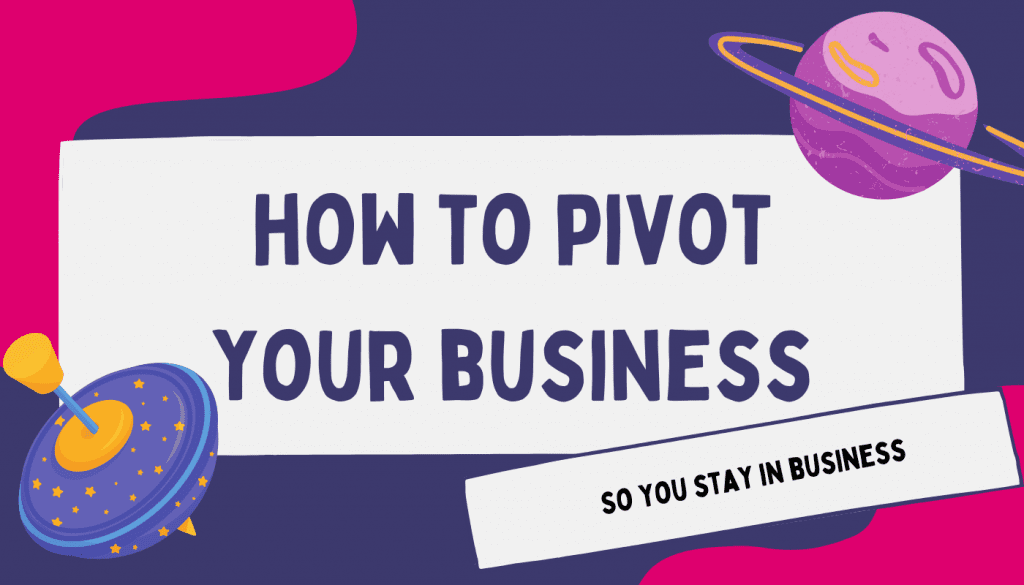
Your profit margin is how much money you actually get to walk away with after a transaction is complete (revenue…

Your profit margin is how much money you actually get to walk away with after a transaction is complete (revenue…

The changes and stresses caused by the pandemic are taking their toll on all of us. It’s been almost a…

From the 1st March, the VAT reverse charge scheme now applies to construction. If you work in the construction industry…

Out of all the ‘new things’ that the Coronavirus pandemic has brought about (social distancing, lockdowns, and global remote working…

For a business to grow sustainably (and to successfully make it through the financial bumps in the road), cash flow…

While sometimes it’s necessary to take on clients at a lower price than we want – especially when we are…

Two sports teams both have the goal to win the game at hand, but only one can. This shows that…

As we keep plunging deeper into a global recession, it can be tempting to panic and dither with decisions, but…

The pandemic may have forced hundreds of businesses to convert from co-located teams to 100% virtual teams in a matter…

Whether a post-lunch slump or screen fatigue, we have all experienced an energy drop during our working day. For a…